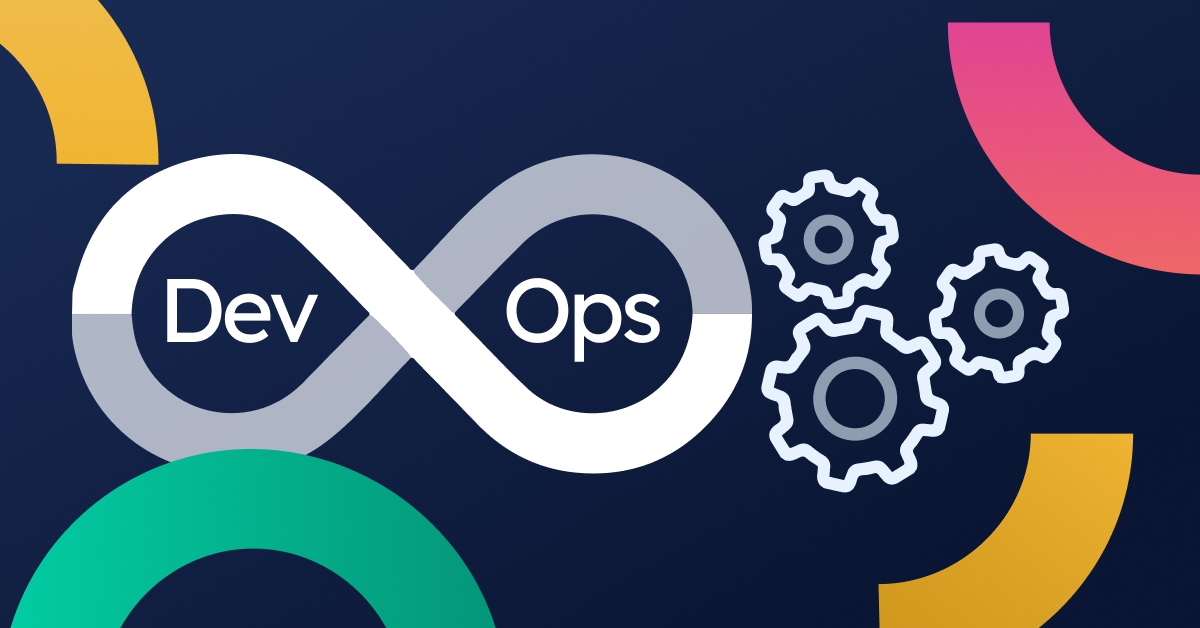In the realm of software development, DevOps has emerged as a popular methodology aimed at enhancing collaboration between development and operations teams to achieve faster and more reliable software delivery. This article will introduce the core concepts of DevOps, including Continuous Integration (CI), Continuous Deployment (CD), and Automated Testing, and discuss how to implement these strategies during the software development process.

Continuous Integration (CI)
Continuous Integration is a development practice that requires developers to frequently merge code changes into a shared repository. This helps to identify and fix integration errors early on, improving code quality. The key steps to implement CI include:
- Managing code with a version control system such as Git;
- Establishing an automated build and test process to ensure that each code commit passes all tests;
- Using CI tools like Jenkins, Travis CI, or CircleCI to automate the build and test processes.
Continuous Deployment (CD)
Continuous Deployment is another core concept of DevOps that requires automatically deploying code to the production environment after it passes all tests. This helps shorten the development cycle and ensures that new features and fixes are rapidly rolled out. The key steps to implement CD include:
- Configuring Infrastructure as Code (IaC) to automatically manage and configure the production environment;
- Using deployment tools like Ansible, Chef, or Puppet to automate the deployment process;
- Setting up triggers to automatically initiate deployment when code passes all tests.
Automated Testing
Automated testing is a crucial element in ensuring software quality, helping us to quickly identify and fix issues during the development process. The key steps to implement automated testing include:
- Writing testable code and following the principles of Test-Driven Development (TDD);
- Designing and implementing unit tests, integration tests, and end-to-end tests to ensure coverage of all functional points;
- Using testing frameworks such as JUnit, TestNG, or Selenium in conjunction with continuous integration tools for automated testing.
By implementing Continuous Integration, Continuous Deployment, and Automated Testing, we can achieve faster and more reliable software delivery. This not only helps to improve development efficiency but also reduces the risk of errors and ensures software quality. To successfully implement these strategies in the software development process, we need to focus on key steps such as version control, automatic building and testing, Infrastructure as Code, and automated deployment. Additionally, writing testable code and achieving comprehensive automated testing is also essential.








